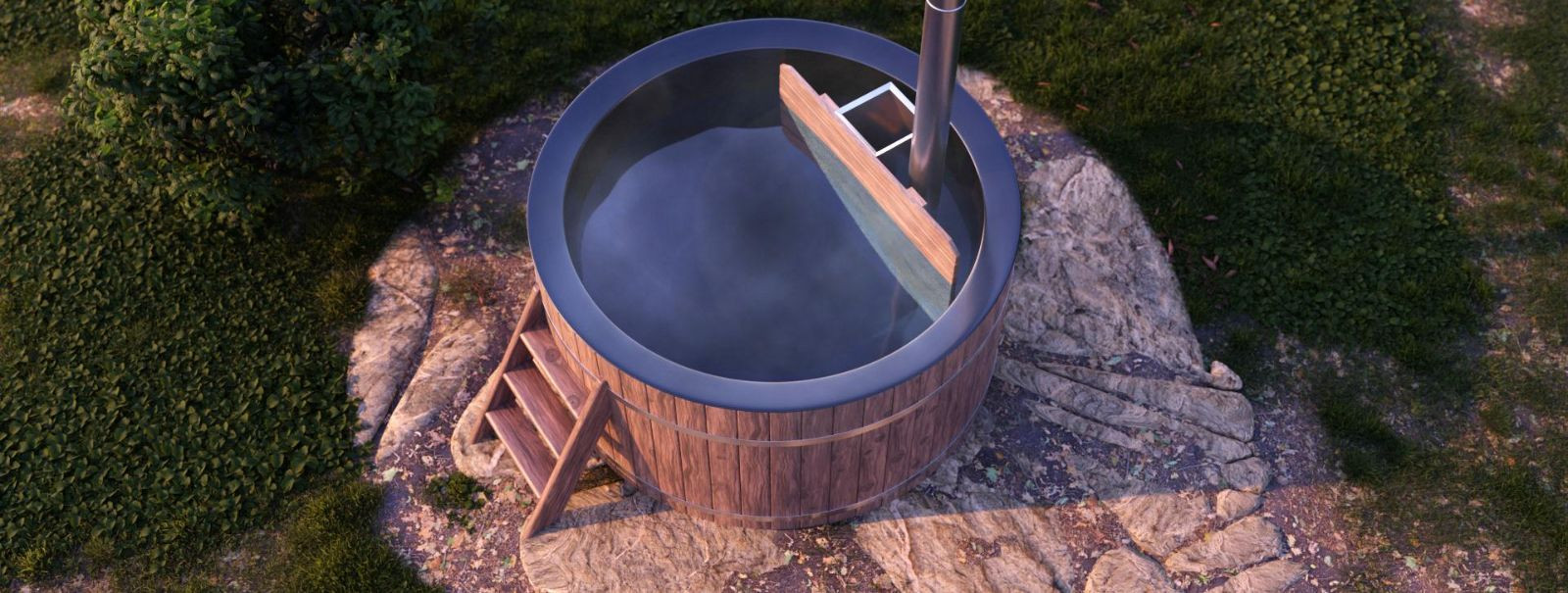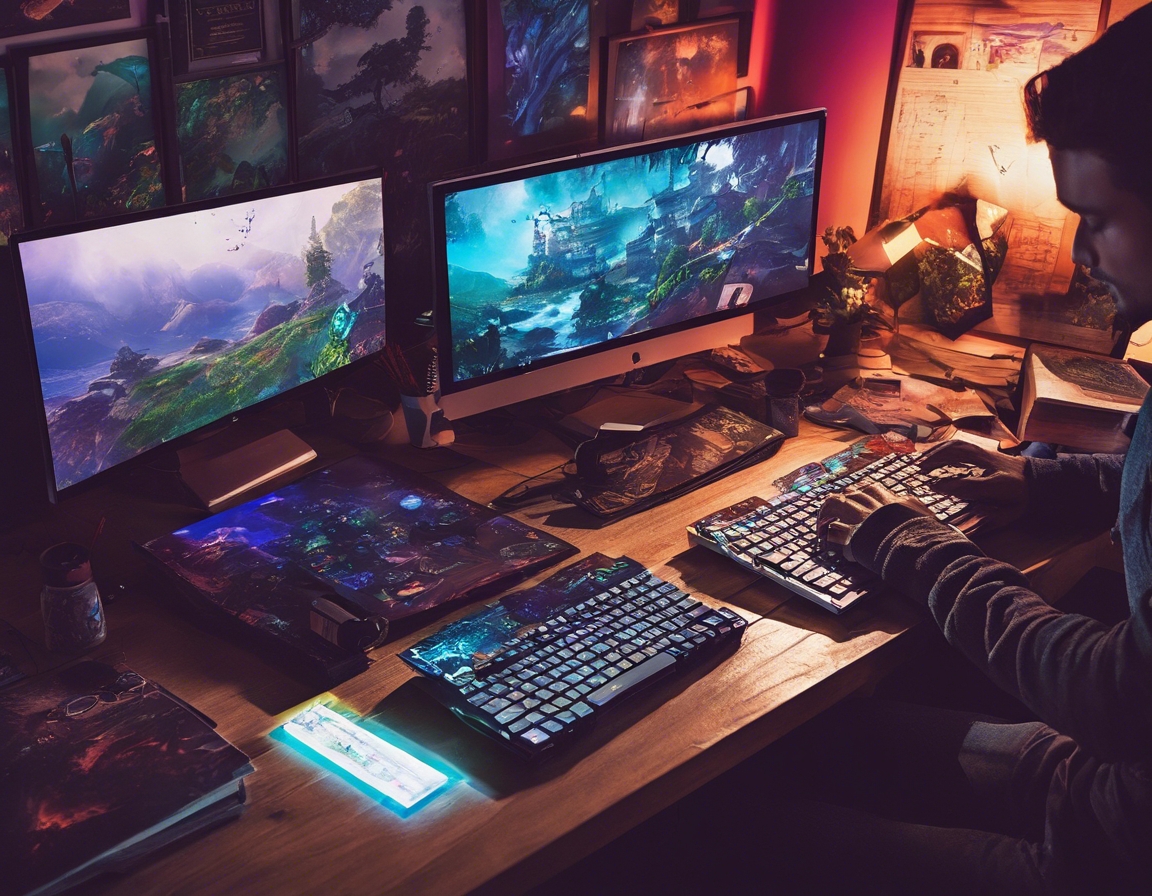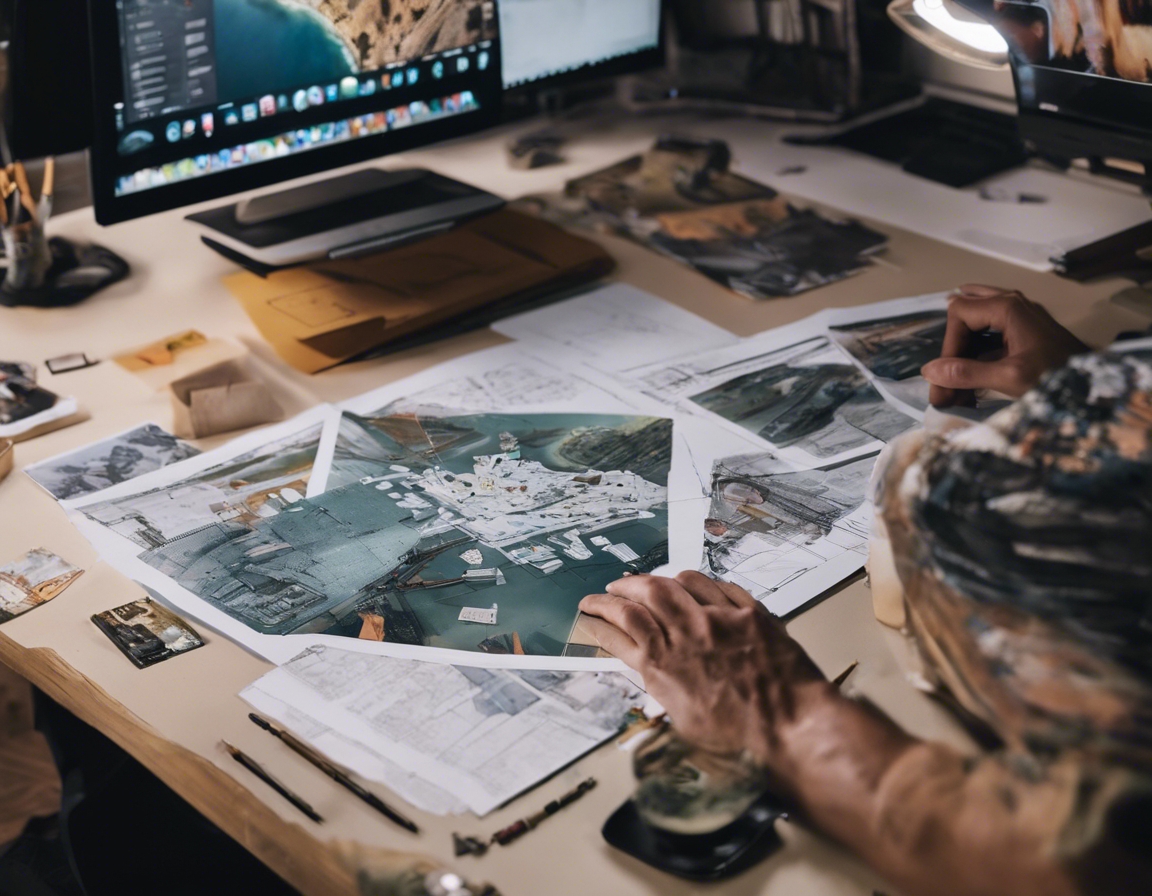The art of 3d design: crafting the details that impress
3D design is an art form that transforms ideas into tangible digital models. It's a critical component in various industries, from gaming to marketing, providing a visual representation that's both engaging and informative. The importance of 3D design lies in its ability to create detailed, immersive experiences that captivate audiences and convey complex information in an easily digestible format.
Over the past few decades, 3D design technology has evolved dramatically. From the rudimentary wireframe models of the past to the highly detailed and realistic creations of today, advancements in software and hardware have pushed the boundaries of what's possible, enabling designers to craft ever more intricate and impressive visuals.
Understanding the 3D Design Process
The 3D design process begins with conceptualization. This stage involves brainstorming, sketching, and planning the project's scope. It's where the initial vision takes shape and sets the foundation for the detailed work to come.
Modeling is the core of 3D design, where designers use specialized software to build the geometry of objects. This step is crucial in defining the structure and form of the final model.
Texturing involves applying images to the surface of 3D models to give them color, pattern, and texture. It's a vital process that adds realism and depth to digital creations.
Lighting and rendering are what bring 3D models to life. By simulating how light interacts with objects, designers can create the illusion of reality, making digital models appear as though they exist in a physical space.
Advanced Techniques in 3D Design
Photorealistic rendering is the pinnacle of 3D design, aiming to make digital creations indistinguishable from real-life objects. This technique requires a deep understanding of light, material properties, and camera settings.
Procedural generation is a method that uses algorithms to create textures and patterns automatically. It's a powerful tool that can save time and produce unique results that would be difficult to achieve manually.
Particle systems and dynamics are used to simulate complex phenomena like fire, smoke, or water. These systems add a layer of complexity and movement to 3D scenes, making them more dynamic and engaging.
The Role of Detail in 3D Design
In 3D design, the devil is in the details. It's the small touches that can make a big difference in the overall impression of a digital model. Attention to detail can elevate a design from good to great, impressing clients and audiences alike.
Detailing techniques such as bump mapping, displacement mapping, and the use of high-resolution textures can enhance the realism of 3D models. These methods help to create the intricate details that make digital objects feel tangible.
3D Design in Various Industries
In the gaming industry, 3D design is essential for creating immersive worlds that players can explore. The level of detail in these virtual environments directly impacts the player's experience and the game's success.
For marketing purposes, 3D visualization helps to showcase products in the best possible light. Detailed 3D models allow customers to get a close-up look at products, often swaying purchasing decisions.
In architecture and interior design, 3D models enable clients to take virtual walkthroughs of spaces before they are built. This not only helps in visualizing the final product but also in making informed decisions during the design process.






Comments (0)